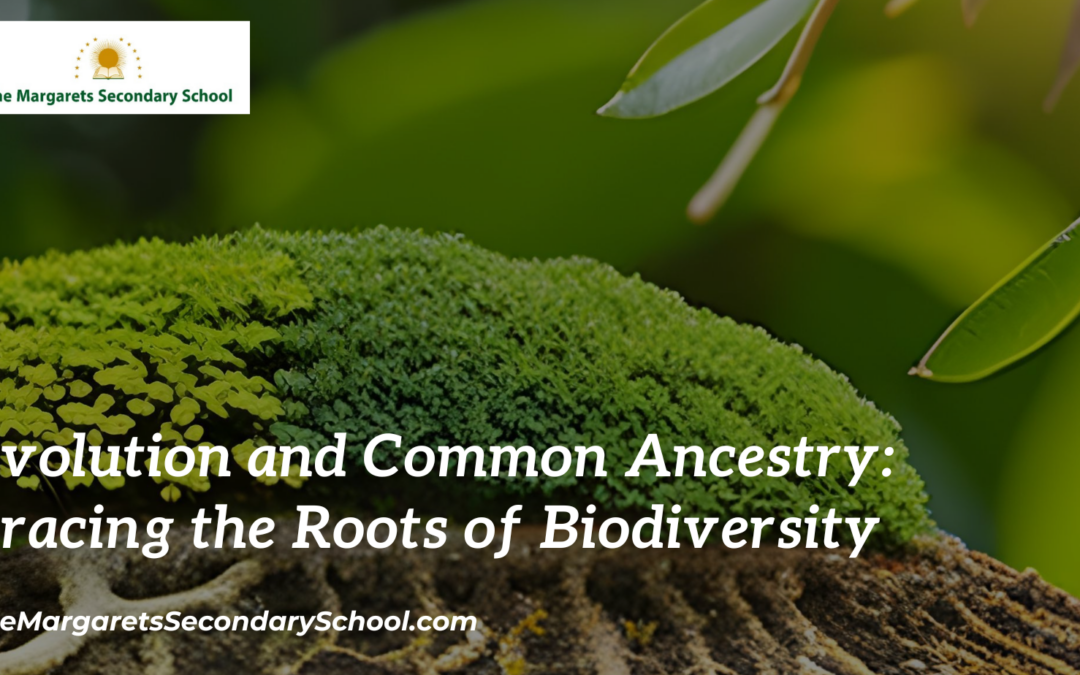Evolution and Common Ancestry
The concept of evolution and common ancestry is one of the cornerstones of modern biology, revolutionizing our understanding of the origins and diversity of life on Earth. This idea, championed by Charles Darwin and bolstered by modern genetic research, has reshaped our perception of how all living organisms are connected through a shared history. In this article, we delve into the fascinating world of evolution and explore the evidence supporting the notion of a common ancestry for all life forms.
The Theory of Evolution
At the heart of the theory of evolution is the understanding that species change over time through a process known as natural selection. This mechanism, proposed by Charles Darwin in his groundbreaking work “On the Origin of Species,” posits that organisms with traits better suited to their environment are more likely to survive, reproduce, and pass on those advantageous traits to their offspring. Over generations, these beneficial traits become more common in the population, while less advantageous traits diminish.
Common Ancestry: A Unifying Thread
The theory of common ancestry asserts that all living organisms, from the smallest microorganisms to the largest mammals, share a common origin. According to this idea, the diversity of life we see today has arisen through a gradual process of branching and modification from a single ancestral life form. This concept has been supported by a wealth of evidence from multiple scientific disciplines.
Fossil Record: Snapshots of the Past
The fossil record provides tangible evidence of the evolution of life on Earth. Fossils document the progression of various species over millions of years, showcasing the transition from ancient forms to more complex ones. For instance, the discovery of transitional fossils, such as the Archaeopteryx, with features of both reptiles and birds, bridges the gap between different animal groups, supporting the idea of common ancestry.
Homologous Structures: Patterns of Shared Traits
Homologous structures are anatomical features found in different species that share a common evolutionary origin. Despite serving different functions, these structures have similar underlying anatomical arrangements. For example, the pentadactyl limb (five-fingered limb) can be observed in various mammals, from humans to whales and bats, indicating a common ancestor with this trait.
Molecular Evidence: Genes and Common Descent
Advances in genetics have unveiled a compelling molecular portrait of common ancestry. All living organisms use the same genetic code and share many genes. Genetic comparisons have revealed striking similarities in DNA sequences among different species. The degree of genetic similarity between species often correlates with their evolutionary relatedness, providing strong support for the idea of common ancestry.
Vestigial Structures: Echoes of Evolution
Vestigial structures are remnants of once-functional traits that have lost their original purpose due to changes in an organism’s environment or way of life. These structures are often found in species that have evolved from ancestors with different lifestyles. Examples include the vestigial pelvis in whales, remnants of hind limbs from their terrestrial ancestors.
Conclusion
The theory of evolution and common ancestry has transformed our understanding of life’s history, revealing the intricate web of connections that link all living beings. From the smallest microbe to the grandest mammal, the story of life’s diversity is written in the genes, fossils, and anatomical structures that bear the marks of shared ancestry. Through this perspective, we gain insight into the dynamic processes that have shaped the biological tapestry of our planet and continue to do so. As scientific exploration advances, our appreciation for the interconnectedness of all life deepens, underscoring the unity and diversity that define our natural world.





